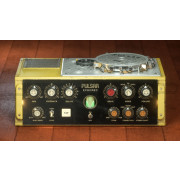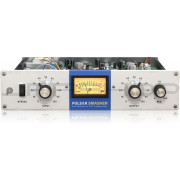You're currently on:
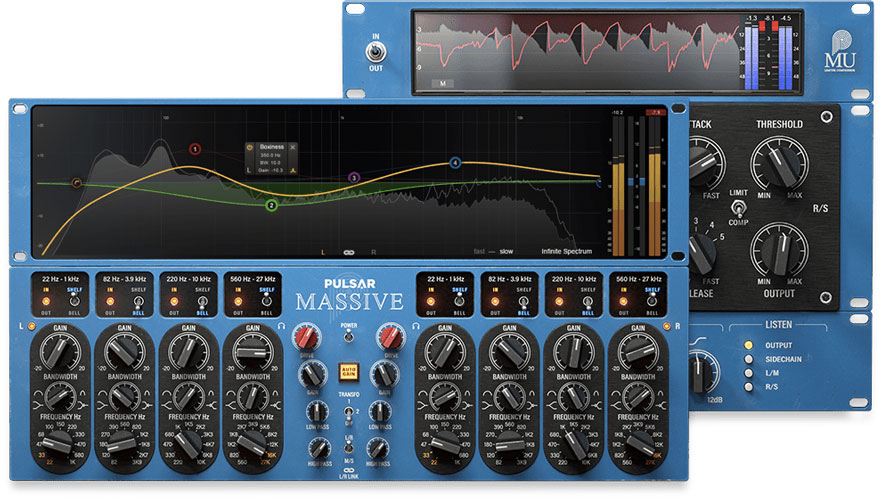
MASSIVE
The most complete passive EQ plugin. Musical and intuitive, a must-have for mixing and mastering.




A DIFFERENT EQUALIZING EXPERIENCE
Pulsar Massive is an emulation of the Massive Passive* EQ that is present in almost every mastering studio in the world. This machine was designed as a synthesis of the best passive equalizers of the last 70 years, and several distinct features in the design give it an absolutely unique sound.
First of all, the fully parallel topology of the EQ gives completely different kind of response to a digital equalizer with the same settings. A parallel equalizer’s tonal corrections aren’t cumulative, but tend to interact with each other, resulting in a more intuitive and fluid way to shape the frequency spectrum.
As well as this, the whole equalization circuit of the original hardware is passive, and therefore has several inductors. These inductors, machined and wound specifically by the manufacturer, are responsible for a creamy, non-linear and organic sound due to the magnetic saturation they introduce.
Finally, the input, output, and internal gain stages are entirely tube and transformer operated, providing another step of warm and organic coloration.
Our software meticulously reproduces all these important aspects of the original hardware, but also offers an interface inspired by its ergonomics, which were much appreciated by its users.
But we’ve taken Pulsar Massive even further, adding all the key features you would expect from a modern, versatile EQ plugin, including visual curve editing for a fast workflow and a drive parameter to push the inductor and tube saturation stages harder for more vibe.
IMPROVING ON A CLASSIC
Pulsar Massive comes with a complete on-screen curve editor and spectrum analyzer. This best-of-both-world approach gives an accurate overview of your EQ changes while highlighting the singular behaviors of the original unit. The easy-to-use graphic interface allows a fast and radical workflow for mixing applications.
The Drive control allows usage of the plugin at internal levels where the analog vibe of the original unit is unusual and musical. Pulsar Massive’s accurate models of transformers, tubes, and inductors produce large amounts of harmonics and non-linearities. All coupled together, these are responsible for the subtle, dynamic and program-dependent low-end compression beloved by generations of sound engineers.
Pulsar Massive is a component-accurate model of the original unit, perfectly emulating its parallel EQ design and the unique sound-sculpting feeling. With parallel EQ, band gains don’t accumulate as in most other EQs, but rather recombine to produce natural-sounding corrections. The Pultec-like low-shelf filters allow a generous and tight low end, even at extreme boost settings. The high-shelf filters provide a pristine top end and air without harshness.
Pulsar Massive takes full advantage of modern CPUs to do more with less. Despite the tremendous amount of complexity in the audio algorithms you’ll be able to use a large number of instances. The resizable interface and wise choice of modern features will make Pulsar Massive your go-to color-EQ.
HOW DOES IT SOUND?
Smooth and musical
Just ask any experienced engineer to hear a ringing endorsement of passive EQ and its uses! Pulsar Massive’s sound can be described as giving a creamy top-end, well-balanced mids, and a punchy low-end. Whether you’re using subtle or extreme settings, audio never sounds over-equalized, but rather vivid and natural, keeping true to the nature of your source material.
For mastering
In mastering, Pulsar Massive is the perfect tool to add sparkle and heft to your mix. For instance, it’s often used to add power to the low end (47 or 68 Hz) while retaining dynamic separation and balance between kick and bass, or to add air (16 kHz high-shelf) without any harshness. Pulsar Massive is also mind-blowing when used in Mid/Side mode, for perfect control over the stereo scene.
On vocals
A creative and musical tool for lead vocals, Pulsar Massive is excellent for adding presence (with the 3.3kHz or 4.7kHz bell filters), and some low-mid warmth without any mud (with the 220Hz low-shelf for instance), thanks to the Bandwidth parameter. The 1.6kHz bell filter is magic to add or remove density, helping a vocal to sit in the mix. Don’t hesitate to really push the drive for some creamy saturation!
Mixing electric guitar
Saturated electric guitars are very busy in the midrange – especially in extreme musical styles, and this can make them difficult to mix. Because the human ear is very sensitive to spectrum and phase manipulation in these areas, Pulsar Massive, with its smooth parallel EQ curves and naturally gentler phase alteration, is the perfect tool for shaping tone without messing with the phase.
Working the drum bus
Whether it’s used for cleaning mud (a gentle bell cut at 180Hz), to tame harshness on overheads (a gentle bell cut at 2.2kHz), or to add brilliance (a gentle high-shelf boost at 8.2kHz), Pulsar Massive will bring a coat of polish to push your drums to the next level. To top it off, you can adjust how Pulsar Massive reacts to the transients of the kick and snare with the Drive control, for a customized dynamic response.
Electronic music
Pulsar Massive can be used as a sculpting tool for very rich sources like synth pads or synth basses. Use it in creative ways, experimenting with extreme curves and driving it hard – you won’t have to work hard to get great results. In addition, on a mixbus, choosing the right transformer will allow you to beef up your kick drum or keep it tight.
Main Features
Visual curve editing
For the first time, a plugin enables you to manipulate a very peculiar analog-shaped EQ curve in an intuitive way. The curve editor is extremely easy to use, with a clear and concise overall frequency response display. You can edit all properties of any filter – including its assigned name – without touching the lower panel.
Drive control
This parameter helps you increase or even decrease the distinctive and musical analog vibe of the original unit. Accurate models of transformers, tubes, and inductors are all coupled together to reproduce the program-dependent subtle low end compression beloved by generations of sound engineers.
Mid-Side processing
Pulsar Massive comes with built-in optional M/S encoding and decoding, enabling a signal’s mono and stereo information to be processed separately with different settings. The Listen buttons help audition each signal in isolation, and the screen displays only the channel you’re working on, so you always know what you’re doing.
Auto-gain

Oversampling
Pulsar Massive takes full advantage of modern CPUs to do more with less. A selectable oversampling mode is also available for computers that can handle it, with processing at rates up to 384 kHz. You can choose for higher oversampling settings to be applied at export than at playback.Transformer
Choose between three output transformer options: An “original” mode that is true to the performance of the hardware’s circuitry; an exclusive setting even more colorful than the original, allowing warm low-end coloration; and an option to remove output transformer modeling altogether.
Metering & Spectrum analyser
The on-screen analyzer displays the audio spectrum in real-time (fast and slow window settings) or over the long-term with the Infinite Spectrum setting. In addition, peak metering provides insight into overall dynamics, and RMS meters let you monitor loudness and level matching. An overall gain meter is also available.
Smart GUI
Pulsar Massive comes all wrapped up in a responsive and resizable interface. A resize handle enables you to choose the perfect size for each use case, from nice and compact to highly visible.Andrea Lepori
Producer | Mixing Engineer
U2 | The Rolling Stones | Jack Savoretti
“Pulsar Massive gives a whole new and more modern appeal to the sound even when used in the more ‘traditional’ boost/cut way – that made the original unit so unique, but it also adds the flexibility of actually sculpting sounds to their core in a super musical way that is, to me, unmatchable by any other of this kind“
John Nathaniel
Producer | Composer | Mixer
OneRepublic | Gwen Stefani | Madison Beer | Kygo
“This eq is incredibly cool! It gives you the vibe and sonics of an analog EQ, but you can also control it like a modern slick digital EQ, taking full advantage of the digital power!”
Pulsar Massive is also designed and built to complement our variable-bias compressor plugin, Pulsar Mu. This powerful combo already constitutes a complete mastering chain that allows a musical and colorful control of the spectrum and dynamics.
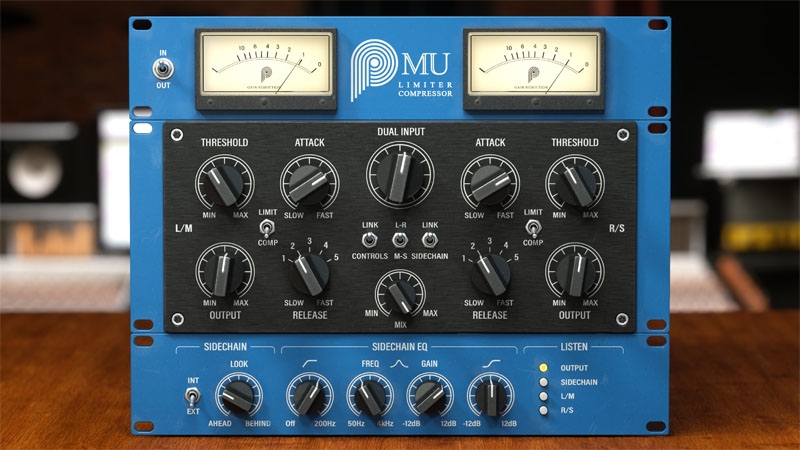
Pulsar Audio Mu




The most faithful emulation of a modern yet legendary tube compressor/limiter – perfect glue for mixing and mastering
An industry-standard tube compressor
There are several reasons to use a variable-bias tube compressor. One is the exceptional compression transparency that this kind of compressor can achieve, even when pushed into extreme gain reduction. Another – and perhaps the most common – is their ability to add cohesion or “glue” to buses, whole mixes and masters.
Unfortunately, the original hardware is expensive and difficult to integrate with “in-the-box” workflows. Software emulations exist but most owners of the hardware agree that they cannot be compared to the original unit, as there’s always “something” missing.
With its unique Topology Preservation Technology, Pulsar Mu sounds objectively identical to the hardware in every production context, and even makes improvements such as an increased signal-to-noise ratio.
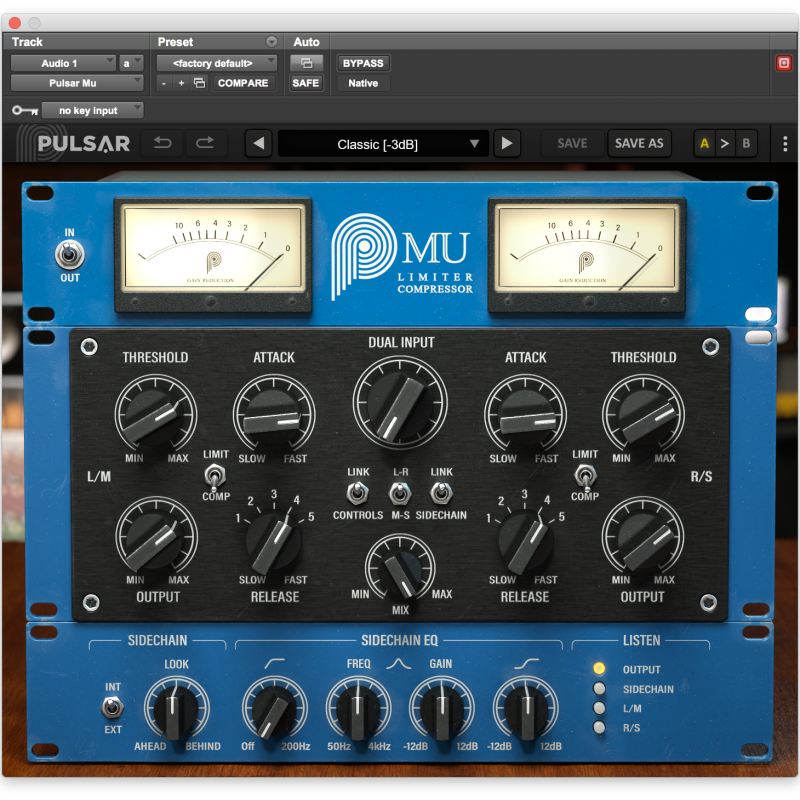
Improving on a classic
Pulsar Mu is a stereo compressor operating in either Left/Right or Mid/Side modes, designed with mixing and mastering applications in mind, but also flexible enough for tracking. It can be used for levelling, limiting, or just to add a bit of analog warmth with its emulated tube signal path.
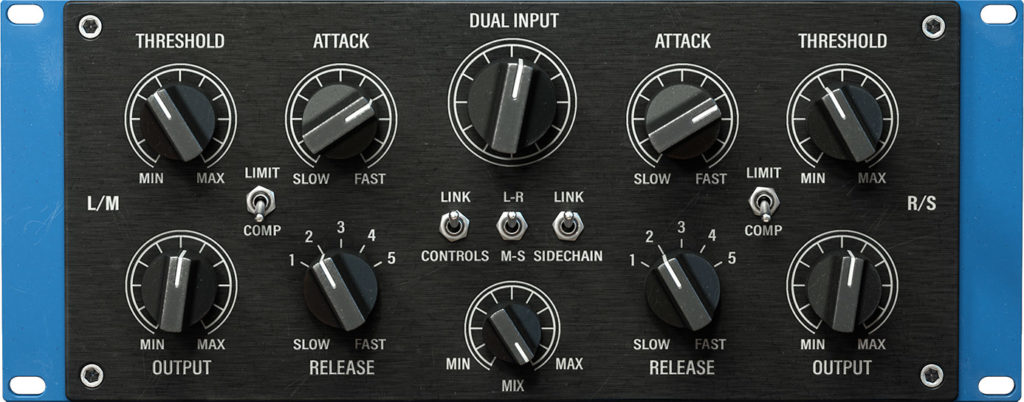
While reproducing the accurate SIFAM metering of the original unit, Pulsar Mu also provides a more modern visualization mode for fine-tuning compression settings, representing the waveform and gain reduction both over time and instantaneously.
Pulsar Mu also offers various options that apply to the sidechain signal. A popular mod of the original device was to add a high-pass filter, but Mu goes even further, offering a more complete equalization section, enabling to precisely adjust the compressor’s response to bass, midrange and treble using only four knobs.
Another addition is the possibility of advancing (look-ahead) or delaying (look-behind) the sidechain signal. This enables you to take ultimate control over transients, letting the compressor start to react before they happen, over even after they happen, opening up all kinds of creative uses.



How does it sound ?
Transparent but musical
The sound of Pulsar Mu is impressively transparent with a touch of warmth. It manages transients in a soft and musical way, even with extreme settings, unlike a FET or VCA compressor. With Mu, you can add movement while respecting the natural dynamics of a source.
Mastering
The most classic use of Mu is in mastering: it brings the discreet "polish" and "glue" to subtly warm up any mix. It can be used either transparently as a leveller (with long attack and release), as a compressor to add glue (slow attack with fast release), or as a limiter (fast attack and fast release). Using Mu in Mid/Side mode gives you another way to increase stereo image, or to curtail an overly wide mix.
Drum buss
Pulsar Mu can quickly create the “glue” needed for cohesive drum buss processing, while still respecting transients – even those of a kick drum. Depending on the chosen gain reduction and release time, it can restore the room ambience essential for certain styles of music – especially when used as a parallel compressor.
Acoustic guitar
On an acoustic guitar, with a relatively low gain reduction setting, Pulsar Mu creates a nice organic groove, while respecting the transients of the instrument. This subtlety is useful for livening up a dull, stiff guitar track, giving it edge and personality.
Snare drum
Pulsar Mu can give body and consistency to thin snare drums sounds, even while preserving their transients, which are essential for helping them break through the mix. When pushed a little harder, Mu can help you recover sustain, harmonics, or even ambience.
Vocals
Pulsar Mu sounds particularly good on vocals – especially with fairly high input and medium attack and release. It gives them the analog-style warmth to help them sit naturally, even in a dense mix.
Main Features

Topology Preservation Technology
Our modelling technology guarantees a perfect emulation of the original device’s behavior. From the saturation of the magnetic flux in the transformers, to the precise response of the tubes, to the effects of tiny calibration defects, everything is perfectly reproduced.
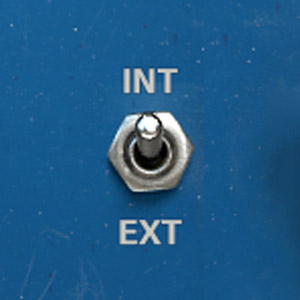
External sidechain
Pulsar Mu allows to define an external sidechain input, as all compressors should in the digital age. This opens a very wide range of applications: ducking, de-essing, filtering the sidechain signal with your favourite EQ, or even applying dynamic processing.

Mid-Side processing
Pulsar Mu comes with built-in optional M/S encoding and decoding, enabling a signal’s mono and stereo information to be processed separately with different settings. The Listen buttons simplify the setting by allowing you to listen to Mid or Sides signals in isolation, and the modern visualization can be set to monitor only the channel you’re working on, so you always know what you’re doing.

Look ahead, look behind
This innovative feature lets you shift the timing of Pulsar Mu’s gain reduction compared to the input. Look-ahead enables the Mu to start reacting to transients even before they happen, ensuring perfect limiting. Conversely, the look-behind delays the gain reduction, so that fast transients can be left unprocessed while the gain reduction kicks in after them. This opens up various possibilities like clipping transients separately after Mu has done its work.

Flexible sidechain equalizer
The sidechain equalization section is simple but efficient. You can let your mix more transparent by preventing low frequencies from triggering compression with the High-Pass filter, adjust the response to vocals or other instruments thanks to the parametric bell filter, and keep the influence of the top-end under control with the positive or negative High-Shelf filter.

Low CPU consumption
We spent a ridiculous amount of time optimizing Mu to consume as few system resources as possible – despite the complex algorithms at work. Pulsar Mu takes full advantage of modern CPUs to do more with less. But if your computer can stand it and you enjoy making it suffer, you can always turn oversampling on, processing at rates up to 384kHz!
| Variant | 1 |







